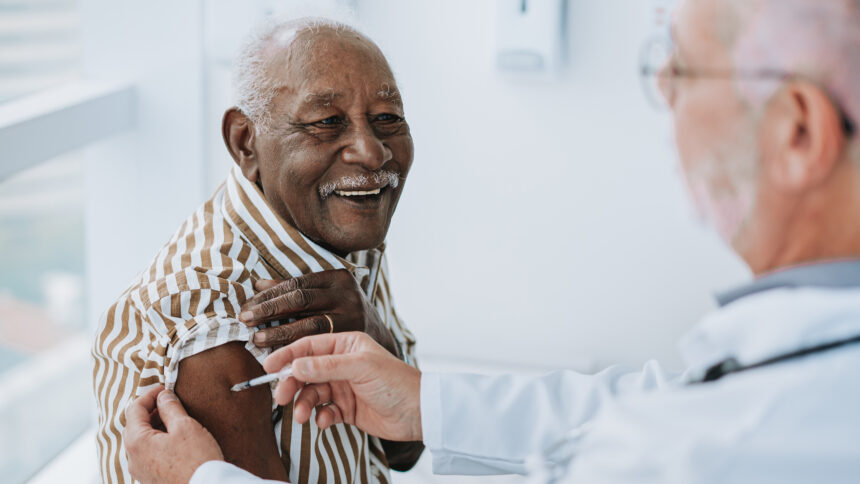
Despite a major push from the Biden administration to get the COVID vaccine used far and wide, at least one long-term care infection prevention expert said her community barely got enough to cover skilled nursing residents.
Infection Preventionist Carol Williams said she struggled to find a pharmacy to administer shots on-site and ran into a host of reasons for why she couldn’t access it. The LTC pharmacy that Rockwood Retirement Communities in Spokane, WA, contracts with and others told Williams that they didn’t know when the vaccines would be available, supplies were on backorder, or internal policies were having to be updated.
“Just a lot of barriers,” Williams said during LeadingAge’s weekly policy update call on Monday. “I just reached out to everyone I could.”
One of those barriers was being told that the facility would have to pay $130 per shot upfront and submit that for reimbursement.
Williams was finally able to hold a vaccine clinic Monday, using a small company the facility had worked with previously. But she noted that the company had a significant amount of anxiety returning to Rockwood since it did not get reimbursed for all the vaccines it administered during a clinic earlier in the pandemic. Williams said they were able to vaccinate 85 residents in skilled nursing, but there were approximately 30 senior living residents who signed up for the vaccine who will need to wait longer for their shots.
“I was a little disheartened that with all the resources that we have, that the people who are most at risk for getting very ill … who wanted a vaccine were unable to have access to it,” Williams said. She added that staff could go off-site to a pharmacy, but the residents who are “most at-risk” had to wait until almost the last day of October to be vaccinated.
Williams said that most of the community’s residents do choose to get the COVID and flu shots, but leaders are seeing vaccine fatigue, particularly among staff. The new RSV vaccine is causing confusion with many residents believing they don’t need the shot since they don’t plan to be around any babies, she said. There’s a knowledge gap on RSV among the general public and healthcare providers that Williams said she does her best to counter with educational materials drawn from every reputable source she can find.
Williams’ experience mirrors the “hiccups” that have been described in mainstream media about the COVID vaccine rollout that began in late September. Jennifer Kates, senior vice president at KFF, told The Hill that the shots were a “completely new product,” resulting in rollout issues.
“So with the vaccine transition, it was literally like one day the prior product that the government had purchased was the product you had access to,” Kates said. “As soon as the recommendations were made, those products were no longer authorized or approved for use. There was a whole new product that had to be provided to the market.”The Hill also noted that there were “widespread reports” that insurers hadn’t updated their coding systems, resulting in coverage denials. Still, another media report noted that, as of the week ending Sept. 22, approximately 1.8 million Americans had received the new COVID vaccine.
LeadingAge and other long-term care stakeholders met with administration officials last month to discuss ongoing challenges.
The American Health Care Association has said that most shortages still occurring were happening in pockets of the US and were not widespread.
“We are encouraged that many of the logistical challenges some were experiencing after the new COVID vaccine was approved are easing as well as by our ongoing conversations with the administration,” said AHCA/NCAL Chief Medical Officer David Gifford. “We greatly appreciate their support and collaboration. Working together, we must prioritize long-term care residents and streamline their access to the vaccines. Meanwhile, we must continue to educate members of the public about the importance of the vaccines through clear and consistent public health messaging.”





